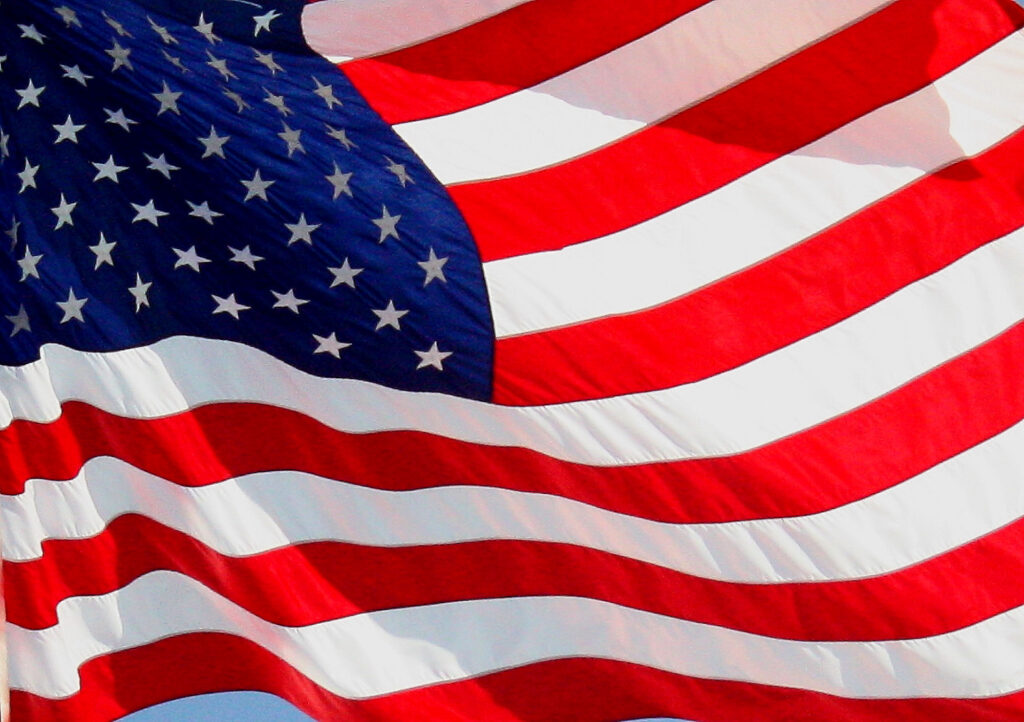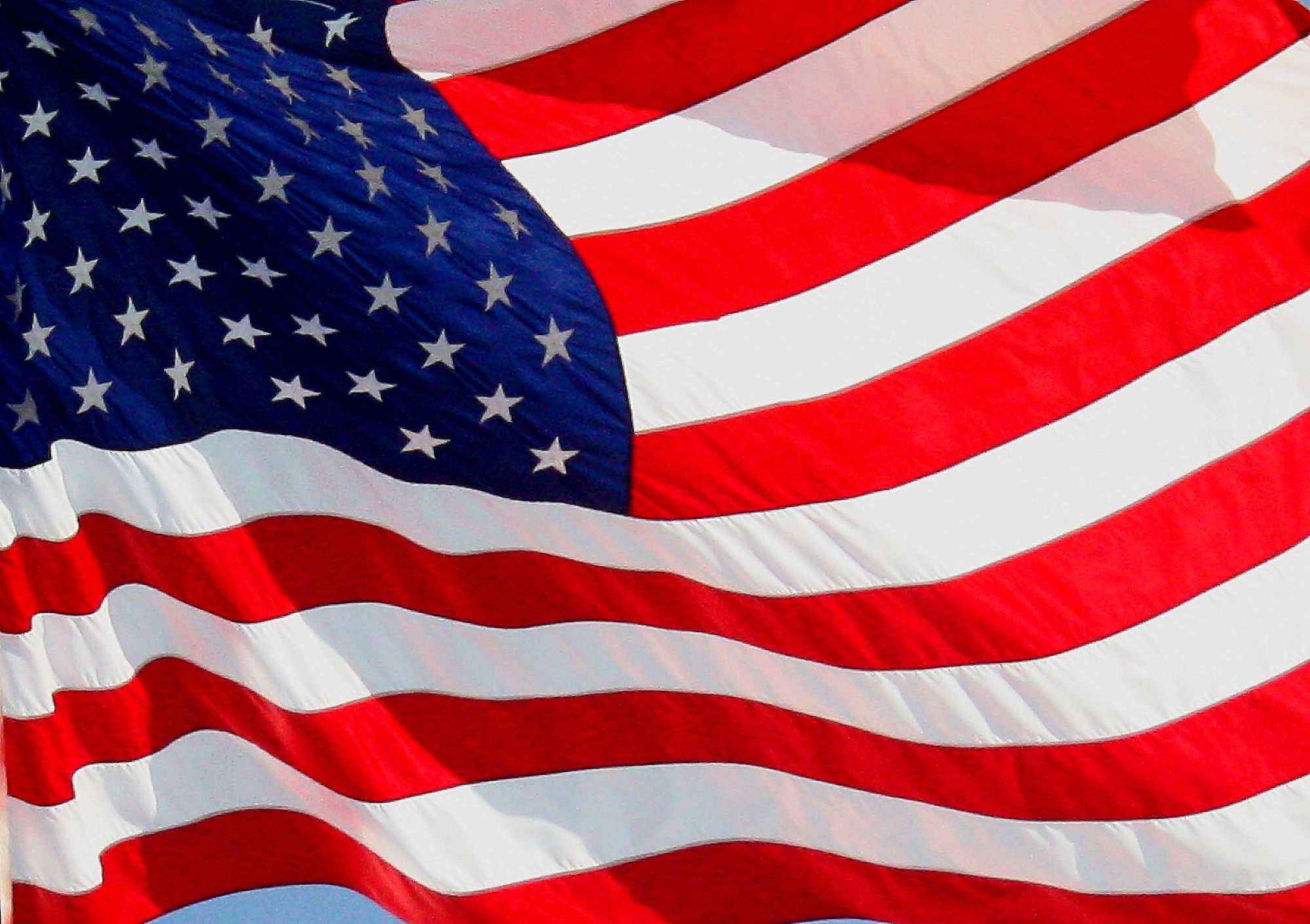
Capturing History and Identity: A Guide to Flags Photography
Flags, those ubiquitous symbols of nations, states, organizations, and even ideas, offer a rich and compelling subject for photographers. More than just colorful pieces of fabric, flags represent history, identity, and collective aspirations. Mastering flags photography requires not only technical skill but also an understanding of the symbolism and context behind each flag.
This guide explores the art and technique of flags photography, providing insights into composition, lighting, historical context, and ethical considerations. Whether you’re a seasoned professional or an enthusiastic amateur, this article will equip you with the knowledge to capture captivating images of flags that tell a story.
Understanding the Significance of Flags
Before picking up your camera, it’s crucial to understand the significance of the flag you intend to photograph. Flags are not arbitrary designs; they are carefully crafted symbols that often represent a nation’s history, culture, and values. For example, the stars and stripes of the American flag represent the 13 original colonies and the 50 states, respectively. The Union Jack of the United Kingdom combines the crosses of St. George, St. Andrew, and St. Patrick, representing England, Scotland, and Northern Ireland.
Researching the history and symbolism of a flag will inform your photographic approach and allow you to capture images that are both visually appealing and intellectually stimulating. Consider the historical events associated with the flag, the cultural significance of its colors and symbols, and the emotions it evokes in people.
Compositional Techniques for Flags Photography
Composition is key to creating impactful flags photography. Here are some techniques to consider:
- Rule of Thirds: Divide your frame into nine equal parts using two horizontal and two vertical lines. Place key elements of the flag, such as the center of a design or a prominent symbol, along these lines or at their intersections.
- Leading Lines: Use lines within the scene, such as flagpoles or architectural elements, to guide the viewer’s eye towards the flag.
- Symmetry and Balance: Look for symmetrical compositions or create balance by placing the flag in relation to other elements in the scene.
- Framing: Use natural elements like trees, arches, or windows to frame the flag and draw attention to it.
- Negative Space: Incorporate negative space, such as a clear sky or a blank wall, to emphasize the flag and create a sense of visual breathing room.
Mastering Lighting in Flags Photography
Lighting plays a crucial role in flags photography. The quality and direction of light can dramatically affect the mood and impact of your images.
- Natural Light: Shooting in natural light is often the best option for flags photography. Golden hour (the hour after sunrise and the hour before sunset) provides warm, soft light that enhances colors and textures. Overcast days offer diffused light that reduces harsh shadows.
- Artificial Light: If you’re shooting indoors or in low-light conditions, you may need to use artificial light. Avoid using direct flash, which can create harsh shadows and washed-out colors. Instead, use a softbox or diffuser to soften the light.
- Direction of Light: Consider the direction of light when composing your shot. Front lighting can flatten the flag and reduce shadows. Side lighting can accentuate textures and create dramatic shadows. Backlighting can create silhouettes or highlight the edges of the flag.
Equipment for Flags Photography
The equipment you need for flags photography will depend on your budget and the type of images you want to capture. However, here are some essential items to consider:
- Camera: A DSLR or mirrorless camera with interchangeable lenses is ideal for flags photography. These cameras offer greater control over exposure, focus, and composition.
- Lenses: A versatile zoom lens, such as a 24-70mm or 24-105mm, is a good starting point for flags photography. A telephoto lens can be useful for capturing flags from a distance, while a wide-angle lens can be used to capture the flag in its environment.
- Tripod: A tripod is essential for capturing sharp images, especially in low-light conditions. It also allows you to use slower shutter speeds to blur motion and create a sense of movement.
- Filters: A polarizing filter can reduce glare and reflections, enhance colors, and increase contrast. A neutral density (ND) filter can be used to reduce the amount of light entering the camera, allowing you to use wider apertures or slower shutter speeds.
Capturing Flags in Different Contexts
Flags can be photographed in a variety of contexts, each offering unique opportunities for storytelling.
- National Flags: Photographing national flags can be a powerful way to capture the spirit of a nation. Consider photographing flags at government buildings, monuments, and public events.
- State and Local Flags: State and local flags can represent the unique identity and culture of a particular region. Photograph these flags at local festivals, landmarks, and government buildings.
- Organizational Flags: Flags are often used to represent organizations, such as businesses, schools, and clubs. Photograph these flags at events, headquarters, and other locations associated with the organization.
- Historical Flags: Historical flags can provide a glimpse into the past and offer insights into the evolution of a nation or organization. Photograph these flags at museums, historical sites, and reenactments.
- Flags in Motion: Capturing flags in motion can add a dynamic element to your flags photography. Use a fast shutter speed to freeze the flag in mid-wave or a slow shutter speed to create a sense of blur.
Ethical Considerations in Flags Photography
When photographing flags, it’s important to be aware of ethical considerations. Flags are often symbols of national pride and can evoke strong emotions. Be respectful of the flag and its symbolism, and avoid photographing it in a way that could be considered disrespectful or offensive.
Consider the context in which the flag is being displayed. Is it being flown at half-staff to mourn a tragedy? Is it being used as a symbol of protest? Be mindful of these factors and adjust your photographic approach accordingly. It’s crucial to be aware of potential misinterpretations of your flags photography, especially in sensitive political or social contexts.
Furthermore, be aware of any laws or regulations regarding the photographing of flags. Some countries have laws that prohibit the photographing of certain flags or in certain locations. Do your research and ensure that you are complying with all applicable laws and regulations.
Post-Processing Techniques for Flags Photography
Post-processing can enhance your flags photography and bring out the best in your images. Here are some techniques to consider:
- Color Correction: Adjust the white balance and color saturation to ensure that the colors of the flag are accurate and vibrant.
- Contrast and Brightness: Adjust the contrast and brightness to create a more dynamic image.
- Sharpening: Sharpen the image to enhance details and textures.
- Noise Reduction: Reduce noise in the image, especially if you shot in low-light conditions.
- Cropping: Crop the image to improve the composition and remove distractions.
Tips for Capturing the Perfect Flag Photo
Here are some additional tips for capturing the perfect flag photo:
- Pay attention to the details: Look for interesting textures, patterns, and details on the flag.
- Experiment with different angles: Try shooting the flag from different angles to create unique perspectives.
- Capture the flag in its environment: Show how the flag relates to its surroundings.
- Tell a story: Use your flags photography to tell a story about the flag, its history, and its significance.
- Be patient: Wait for the perfect moment to capture the flag in the best possible light and composition.
Flags photography is a rewarding and challenging genre that allows you to capture history, identity, and collective aspirations. By understanding the significance of flags, mastering compositional techniques, and utilizing the right equipment and post-processing techniques, you can create captivating images that tell a story. Remember to be respectful of the flag and its symbolism, and to be aware of ethical considerations. With practice and dedication, you can become a master of flags photography.
In conclusion, the art of flags photography extends beyond merely documenting a piece of cloth. It involves understanding the rich symbolism, historical context, and emotional weight that flags carry. By carefully considering composition, lighting, and ethical implications, photographers can create powerful images that resonate with viewers and offer a unique perspective on national identity and collective memory. The ability to capture the essence of a flag – its pride, its history, and its meaning – is what elevates flags photography from a simple snapshot to a compelling work of art.
[See also: Photographing National Monuments]
[See also: Understanding Symbolism in Photography]
[See also: Ethical Considerations for Photojournalists]

